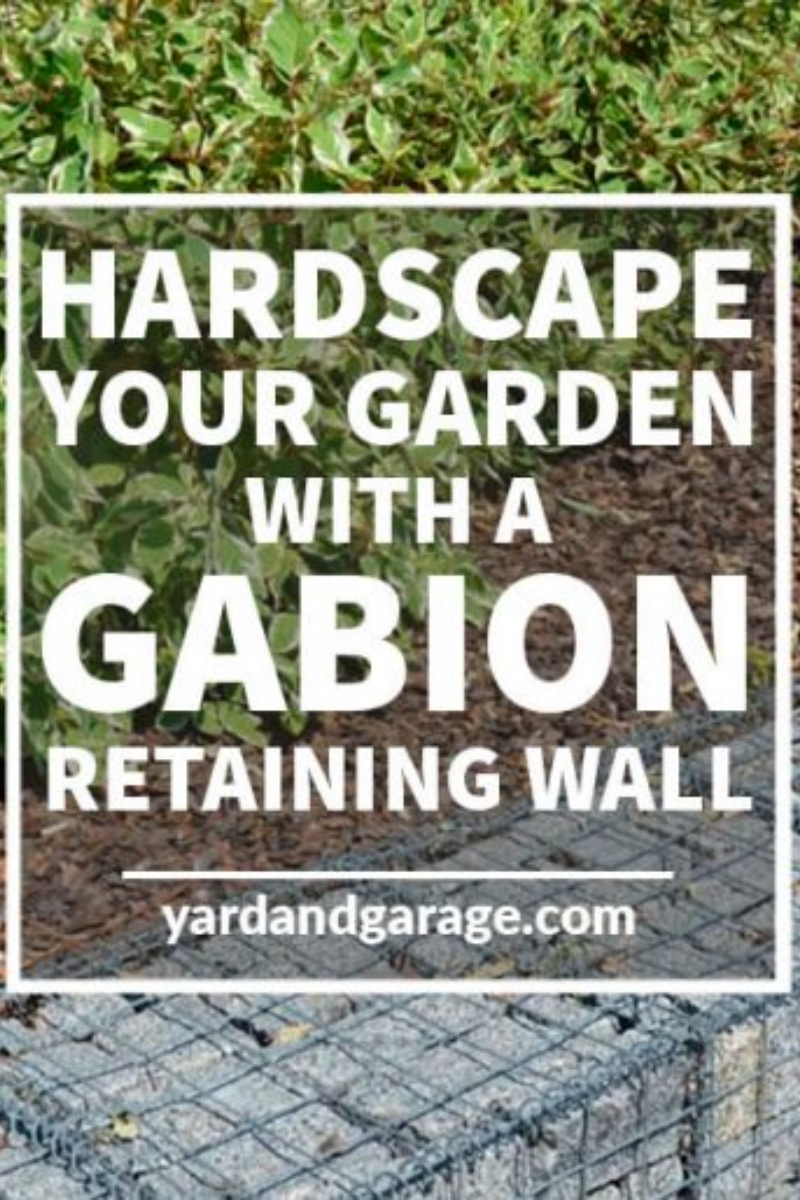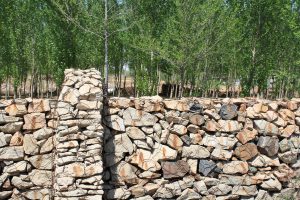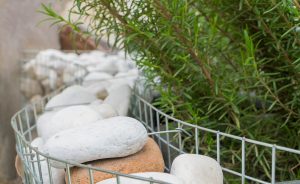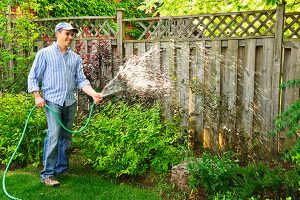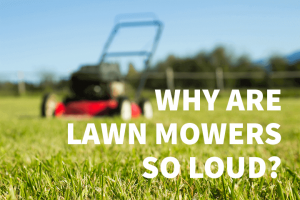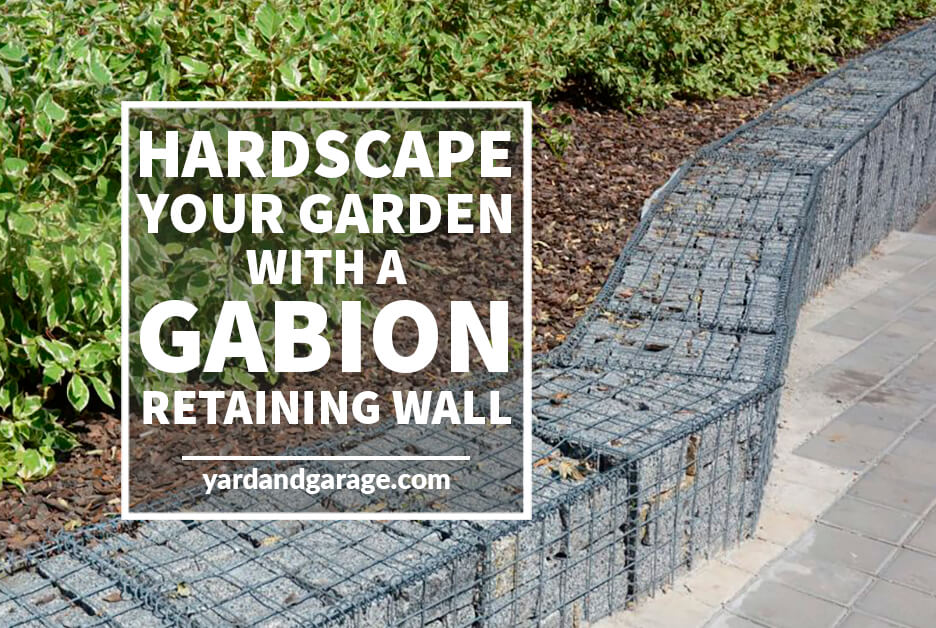 A gabion retaining wall is essentially a welded wire cage that is filled with a variety of materials, e.g. stone, sand or concrete.
A gabion retaining wall is essentially a welded wire cage that is filled with a variety of materials, e.g. stone, sand or concrete.
One of the original purposes of gabions was stabilizing the shoreline against erosion. Nowadays, the gabion serves many factions, including landscaping.
According to The Constructor website, here are the main types of gabions:
- Gabion baskets – This is the most common type of gabion. It comes in a box shape.
- Gabion mattresses – Prevents soil erosion from waves and typically measures 18 feet long x 6 feet wide x 1 foot high.
- Gabion sacks – This flexible structure is easy to build. It can be used to erect hydraulic works during emergencies.
- Gabion wire mesh – The wire mesh prevents rock or stone from falling or sliding. The gabion reinforces the embankment soil strength and creates an anti-erosion slope.
History of the Gabion Method
The origins of the word gabion traces back to the Italian word meaning “cage”. The first gabion walls were erected some 7000 years ago to prevent soil erosion along waterways.
In the middle ages, forts and other defensive structures used gabions. Leonardo da Vinci built the foundation of the San Marco Castle using a gabion basket.
Gabions have varied applications in landscaping, civil engineering and road building. The walls provide slope protection, embankments, water barriers, and retaining walls.
The gabions built for landscaping purposes create seating, decorative, and edging walls.

Benefits of a Gabion Wall
Pros
- Because of their permeable nature, the walls can take on a large hydro-static pressure. This eliminates the need to create a drainage system.
- Gabion walls work well in both indoor and outdoor settings. You can arrange the walls to create an attractive, naturalistic structure.
- Gabions are cheaper to construct because you do not need to assemble a team of skilled workers to erect a wall. The filling materials can also be brought cheaply from an open quarry or work site.
- The walls erected as perimeter fence act as windbreaks and sound blockers.
Cons
- If left to the elements, algae can easily grow on the walls and diminish the aesthetic impression.
- If water flows through the gabion baskets at a high speed the likelihood of damage increases.
- Large spaces in the wall could become home to rodents.
How To Construct
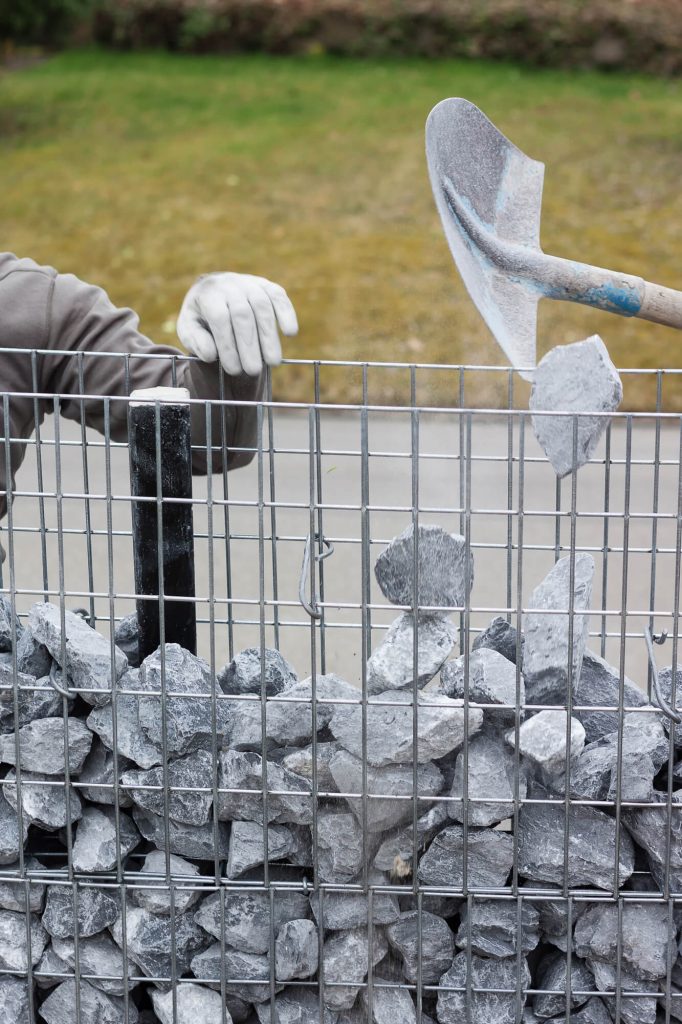
Some of the factors to keep in mind when constructing a gabion include: choice of the construction site and access and availability of construction materials.
If you are constructing a gabion on a soft ground, always remember to strengthen the foundation to prevent the gabion basket from sinking.
You may also consider factoring more manpower if you want to complete the work faster.
The main materials needed for constructing the wall include gabion baskets and a stock of rocks. Typically limestone, dry stone, sandstone, keystone, or glass stones.
If you have to order the items, have the seller deliver them to the construction site to cut costs.
Here are the key steps of building a gabion retaining wall:
- Prepare the site for construction by clearing away all groundcover and clearing an area around the worksite.
- Set up a firm, flat base to erect the gabion.
- Reinforcing the gabion to install the support columns.
- Assemble the gabion basket.
- Fill up the gabion basket with your selected materials.
- Fill the layers to the required height.
Cost overview
Enlist a certified builder to help you choose the gabion construction materials and find the most ideal design to adopt.
According to Early Experts construction site, the cost of putting up a stone-filled gabion or retaining wall ranges from $2,800 to $7,700.
Depending on your budget, the cost can also be as low as $500 and as high as $13,000. The cost of construction is generally between $10 to $15 per square feet.
Some of the tools you are going to need to build a gabion wall include:
- Safety glasses
- Pliers and wire cutters
- Pick
- Shovel (flat and spade)
- Line level
- Sturdy work gloves
- Natural stones 220 ft with average cost of between $4,600 – $6,800
Summary
With proper planning and workmanship, gabions can be built using cheap, environmental-friendly materials.
This is a huge plus for homeowners looking to create a perfect and natural living environment. Durability is another huge positive.
The cost of building a gabion depends on the chosen materials as well as the design and scope of the project.
